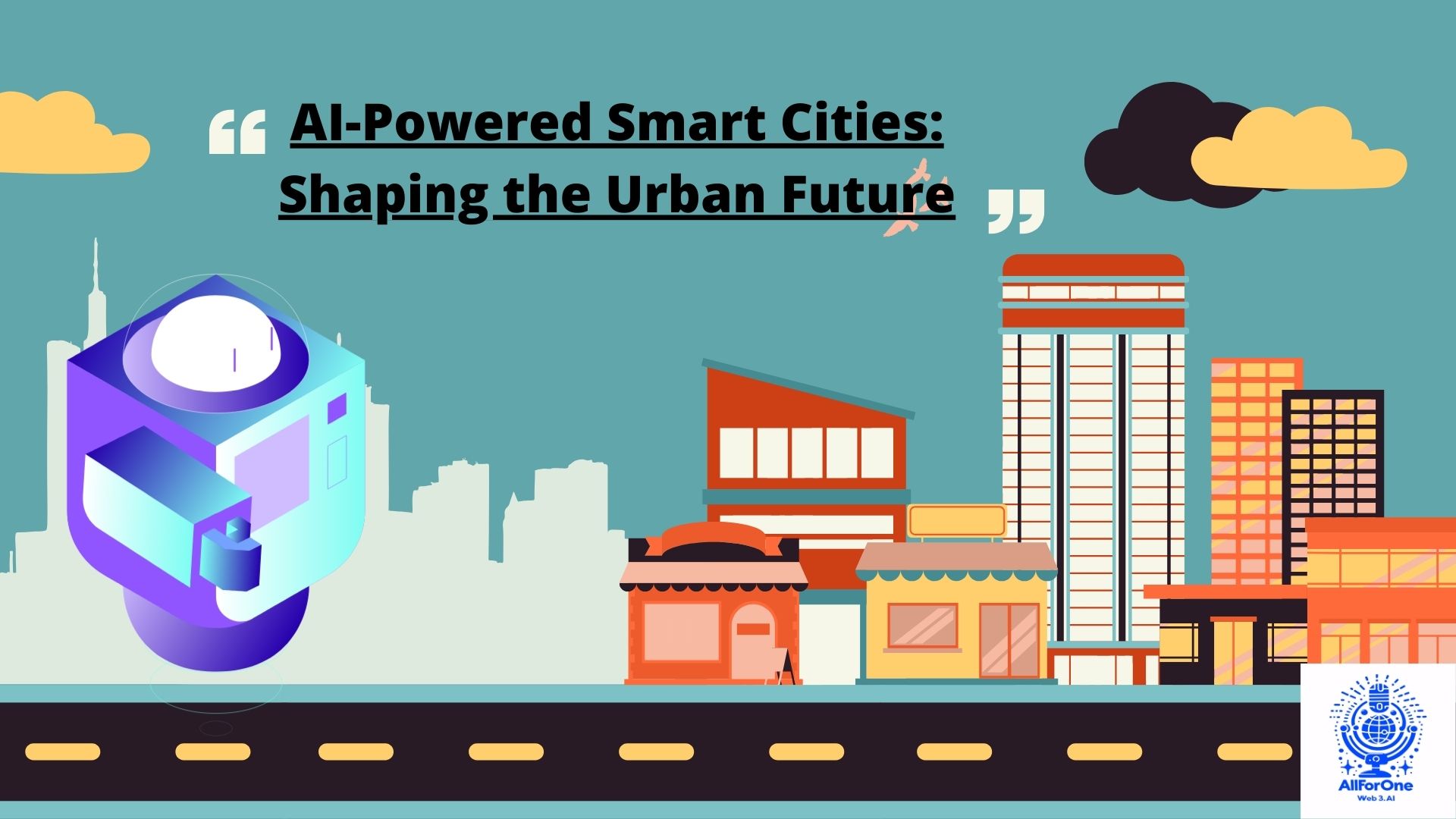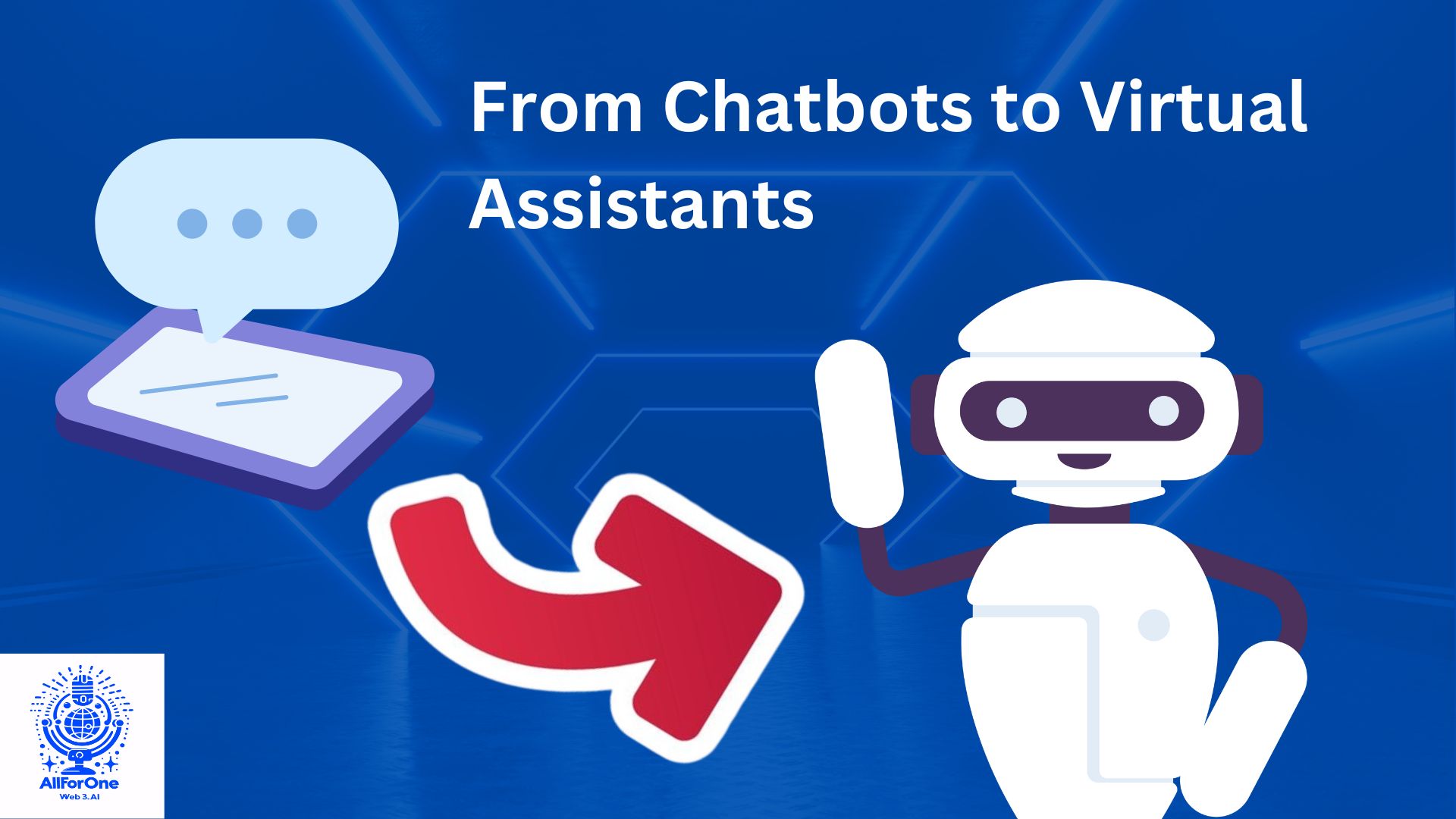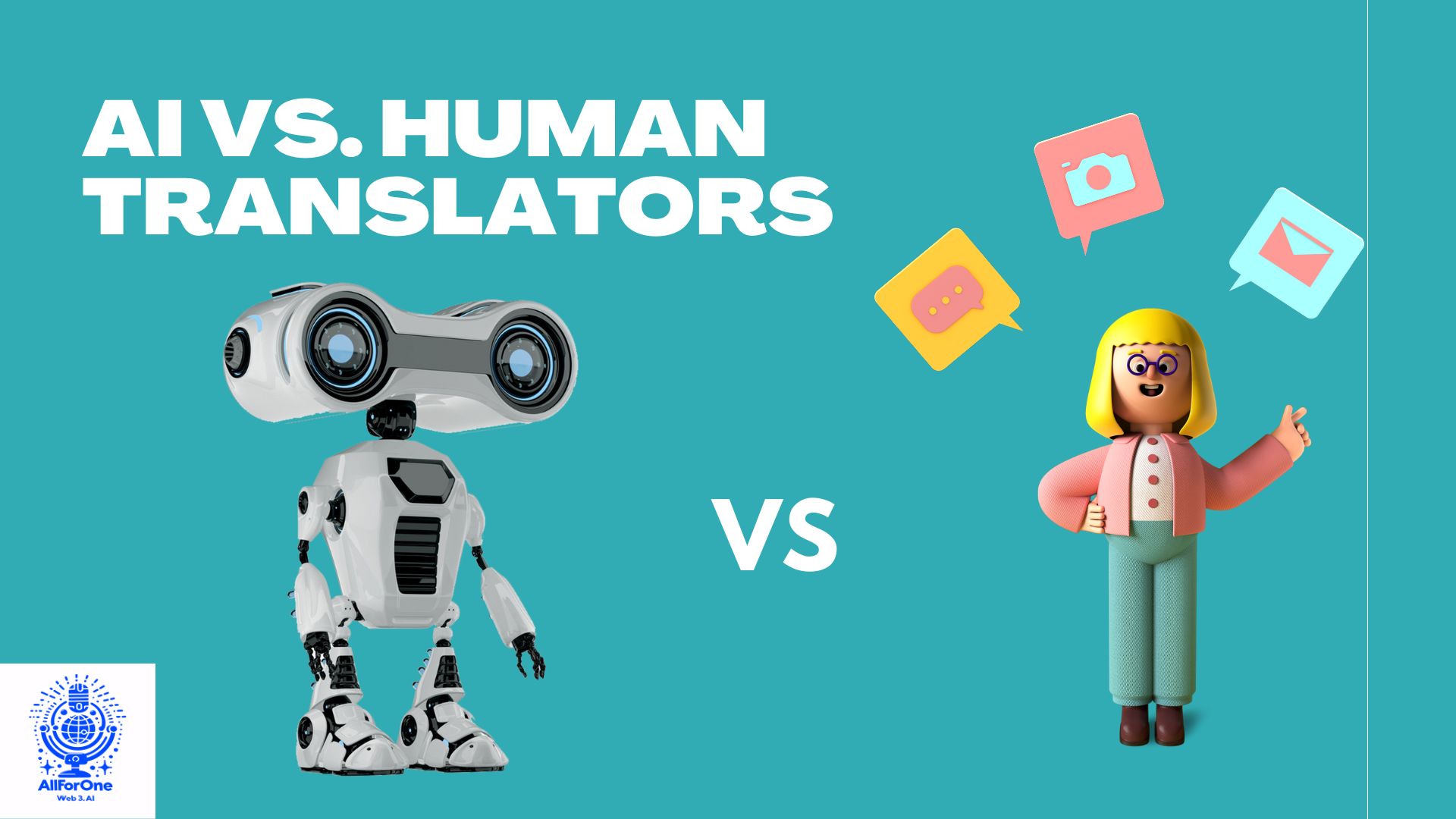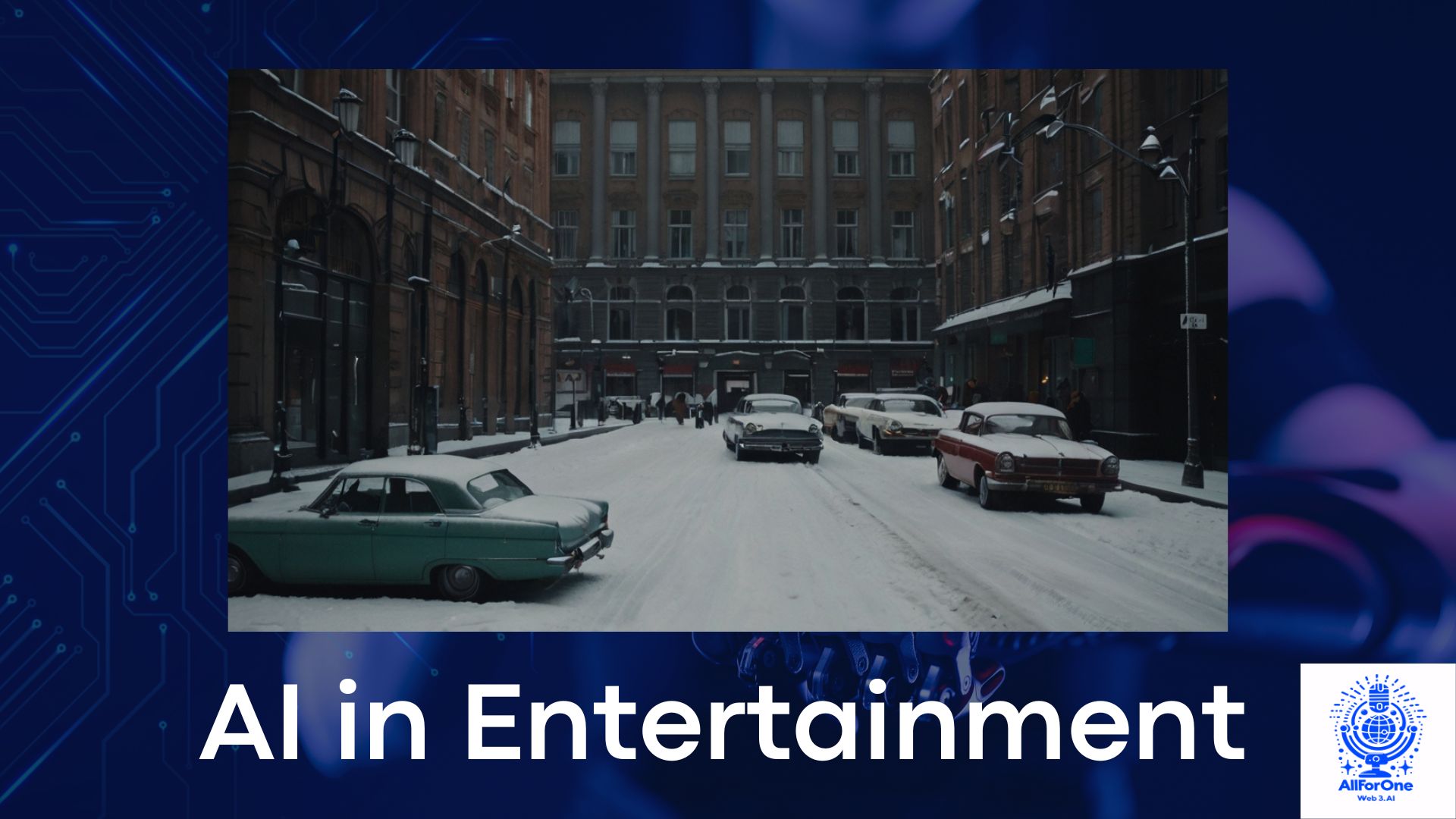As urban populations grow, cities face unprecedented challenges in managing resources, infrastructure, and the environment. In response, the concept of smart cities has emerged, integrating technology to improve urban life. Artificial Intelligence (AI) is at the core of this transformation, powering systems that enhance efficiency, sustainability, and quality of life. This article explores how AI is shaping the future of urban living, from transportation and energy management to public safety and healthcare.
What Are Smart Cities?
Smart cities use digital technology to connect, monitor, and manage various city functions in real time. These cities leverage data collected from sensors, cameras, and other devices to optimize services, reduce costs, and improve the overall urban experience. AI plays a crucial role in processing this data, enabling systems to learn, adapt, and make informed decisions.
The Evolution of Smart Cities
The concept of smart cities has evolved over the past few decades, driven by advances in technology and the increasing availability of data. Early smart city initiatives focused on specific areas like transportation or energy management. Today, the integration of AI has expanded the scope and impact of these initiatives, enabling a more holistic approach to urban management.
AI in Urban Mobility
Smart Traffic Management
One of the most visible applications of AI in smart cities is in traffic management. AI-powered systems can analyze data from traffic cameras, sensors, and GPS devices to monitor traffic flow, predict congestion, and optimize traffic signals in real time. This reduces travel times, lowers emissions, and improves the overall efficiency of urban transportation networks.
- Case Study: Surtrac in Pittsburgh: The city of Pittsburgh implemented the Surtrac system, an AI-powered traffic management solution that uses real-time data to optimize traffic signals. The system has reduced travel times by up to 25% and cut emissions by 20%, demonstrating the potential of AI to transform urban mobility.
Autonomous Vehicles
AI is also driving the development of autonomous vehicles, which promise to revolutionize urban transportation. These vehicles use AI to navigate city streets, avoid obstacles, and communicate with other vehicles and infrastructure. Autonomous vehicles can reduce traffic accidents, decrease congestion, and provide new mobility options for people with disabilities or limited access to transportation.
- Case Study: Waymo: Waymo, a subsidiary of Alphabet Inc., is at the forefront of autonomous vehicle technology. Their AI-powered vehicles have logged millions of miles in various urban environments, continuously learning and improving their ability to navigate complex city streets.
Public Transit Optimization
AI is improving public transit systems by optimizing routes, schedules, and capacity. By analyzing data on passenger demand, traffic conditions, and weather, AI can predict when and where public transit services are needed most. This enables cities to provide more efficient and reliable transportation options, reducing wait times and improving the overall experience for passengers.
- Case Study: Citymapper: Citymapper, a London-based transportation app, uses AI to analyze public transit data and provide real-time recommendations to users. The app’s AI algorithms consider various factors, including traffic conditions, to suggest the fastest and most efficient routes for getting around the city.
AI in Energy Management
Smart Grids
AI is playing a pivotal role in the development of smart grids, which are critical for managing energy in smart cities. Smart grids use AI to monitor and control the flow of electricity in real time, balancing supply and demand more efficiently. This reduces energy waste, lowers costs, and enhances the reliability of the power grid.
- Case Study: Siemens Smart Grid Solutions: Siemens has developed AI-powered smart grid solutions that optimize energy distribution in urban areas. These systems can predict energy demand, identify potential issues, and automatically adjust the flow of electricity to maintain a stable and efficient power supply.
Renewable Energy Integration
AI is also helping cities integrate renewable energy sources, such as solar and wind, into their energy systems. By analyzing weather patterns, energy consumption data, and grid conditions, AI can predict the availability of renewable energy and optimize its use. This not only reduces reliance on fossil fuels but also helps cities achieve their sustainability goals.
- Case Study: DeepMind and Google: Google has partnered with DeepMind to use AI to optimize the energy consumption of its data centers. By predicting energy demand and adjusting cooling systems accordingly, they have reduced energy usage by up to 40%, demonstrating the potential of AI to enhance energy efficiency in urban environments.
Energy Efficiency in Buildings
AI is also transforming the way buildings in smart cities manage energy. AI-powered systems can monitor and control heating, cooling, lighting, and other energy-consuming processes in real time. These systems learn from data on occupancy patterns, weather conditions, and energy prices to optimize energy usage, reducing costs and environmental impact.
- Case Study: IBM’s Watson IoT: IBM’s Watson IoT platform uses AI to monitor and manage energy consumption in buildings. The system can analyze data from various sensors and devices to optimize energy use, reduce waste, and lower costs. For example, the platform can automatically adjust heating and cooling systems based on occupancy patterns and weather forecasts.
AI in Public Safety and Security
Predictive Policing
AI is being used to enhance public safety in smart cities through predictive policing. By analyzing data on crime patterns, social media activity, and other factors, AI can predict where and when crimes are likely to occur. This allows law enforcement agencies to allocate resources more effectively and prevent crimes before they happen.
- Case Study: PredPol: PredPol is an AI-powered predictive policing tool used by several police departments in the United States. The system analyzes historical crime data to predict where future crimes are likely to occur, allowing law enforcement to focus their efforts on high-risk areas.
AI-Powered Surveillance
AI is also transforming urban surveillance systems. AI-powered cameras and sensors can monitor public spaces in real time, detecting unusual activity, identifying potential threats, and alerting authorities. These systems can also be integrated with facial recognition technology to identify individuals of interest and track their movements within the city.
- Case Study: SenseTime: SenseTime, a leading AI company based in China, has developed AI-powered surveillance systems that are used in several cities around the world. These systems use facial recognition and other AI technologies to monitor public spaces, enhance security, and improve law enforcement response times.
Emergency Response
AI is improving emergency response systems in smart cities by analyzing data from various sources, such as social media, sensors, and communication networks, to detect emergencies and coordinate response efforts. AI can also predict the impact of natural disasters, such as floods or earthquakes, and help cities prepare and respond more effectively.
- Case Study: One Concern: One Concern is an AI company that uses machine learning to predict the impact of natural disasters on urban areas. Their platform analyzes data on infrastructure, weather patterns, and other factors to estimate the damage caused by events like earthquakes or floods, allowing cities to plan and respond more effectively.
AI in Healthcare and Public Health
Smart Healthcare Systems
AI is transforming healthcare in smart cities by enabling more efficient and personalized medical care. AI-powered systems can analyze patient data, monitor health trends, and provide real-time recommendations to healthcare providers. This improves the quality of care, reduces costs, and enhances the overall health of urban populations.
- Case Study: Babylon Health: Babylon Health is a digital health company that uses AI to provide remote consultations and personalized health recommendations. Their AI-powered app can assess symptoms, recommend treatments, and even schedule appointments with healthcare providers, making healthcare more accessible and efficient in smart cities.
Public Health Monitoring
AI is also enhancing public health monitoring in smart cities by analyzing data on disease outbreaks, air quality, and other health-related factors. AI-powered systems can detect emerging health threats, predict their spread, and recommend preventive measures. This helps cities respond more quickly to public health challenges and protect the well-being of their residents.
- Case Study: BlueDot: BlueDot is an AI-powered platform that monitors global health trends and predicts the spread of infectious diseases. The platform uses machine learning to analyze data from various sources, including news reports, social media, and flight patterns, to identify potential outbreaks and provide early warnings to public health authorities.
AI in Urban Planning and Development
Predictive Urban Planning
AI is transforming urban planning by providing tools that can predict the impact of new developments, optimize land use, and plan infrastructure more effectively. AI-powered systems can analyze data on population growth, economic trends, and environmental factors to forecast future needs and challenges, allowing cities to plan more sustainably and efficiently.
- Case Study: Sidewalk Labs: Sidewalk Labs, an urban innovation company owned by Alphabet Inc., uses AI to design and plan smart cities. Their platform analyzes data on various urban factors, such as traffic, energy use, and housing demand, to create sustainable and efficient urban environments.
Smart Infrastructure
AI is also being used to develop and manage smart infrastructure in cities. AI-powered systems can monitor the condition of roads, bridges, and other infrastructure in real time, predicting maintenance needs and preventing failures. This improves the safety, efficiency, and longevity of urban infrastructure, reducing costs and enhancing the quality of life for residents.
- Case Study: Infrastructure AI: Infrastructure AI is a platform that uses machine learning to monitor and manage urban infrastructure. The platform analyzes data from sensors and cameras to detect potential issues, such as cracks in bridges or potholes in roads, and predict when maintenance is needed.
Sustainable Development
AI is playing a crucial role in promoting sustainable development in smart cities by optimizing resource use, reducing waste, and minimizing environmental impact. AI-powered systems can monitor and manage energy use, water consumption, waste management, and other urban processes to create more sustainable and resilient cities.
- Case Study: The Circular City Project: The Circular City Project, led by the Ellen MacArthur Foundation, uses AI to promote sustainable urban development. The project focuses on creating circular economies in cities, where resources are reused and recycled, reducing waste and environmental impact.
AI in Citizen Engagement and Governance
AI-Powered E-Government
AI is transforming governance in smart cities by enabling more efficient and responsive e-government services. AI-powered systems can automate administrative tasks, such as processing permits, managing public records, and providing customer service. This reduces bureaucracy, improves transparency, and enhances the overall experience for citizens.
- Case Study: Seoul’s AI-Powered 311 System: The city of Seoul, South Korea, has implemented an AI-powered 311 system that allows citizens to report issues and request services through a mobile app. The system uses AI to categorize and prioritize requests, ensuring that city officials can respond quickly and efficiently.
Citizen Participation
AI is also enhancing citizen participation in smart cities by providing tools that allow residents to engage with city officials and participate in decision-making processes. AI-powered platforms can analyze public feedback, monitor social media, and identify trends, helping cities understand the needs and preferences of their residents.
- Case Study: Pol.is: Pol.is is an AI-powered platform that enables citizens to participate in public consultations and decision-making processes. The platform uses machine learning to analyze public feedback and identify areas of consensus, allowing cities to make more informed and inclusive decisions.
Smart City Platforms
AI is at the heart of smart city platforms, which integrate various urban systems and services into a single, unified platform. These platforms use AI to monitor and manage city functions in real time, providing a comprehensive view of urban operations and enabling more efficient and effective management.
- Case Study: All4One: All4One is an AI-powered smart city platform that integrates various urban services, such as transportation, energy, public safety, and healthcare, into a single, unified platform. The platform uses AI to monitor and manage city functions in real time, providing a comprehensive view of urban operations and enabling more efficient and effective management.
Challenges and Ethical Considerations
Data Privacy and Security
One of the biggest challenges of AI-powered smart cities is ensuring data privacy and security. AI systems rely on vast amounts of data to function, and this data often includes sensitive information about individuals and communities. Ensuring that this data is collected, stored, and used in a secure and ethical manner is crucial for the success of smart cities.
Algorithmic Bias
Another challenge is the potential for algorithmic bias in AI systems. AI algorithms are only as good as the data they are trained on, and if this data is biased, the algorithms can produce biased outcomes. This can lead to unfair treatment of certain groups or individuals, undermining the goals of smart cities.
Public Trust and Transparency
Building public trust in AI-powered smart cities is essential for their success. This requires transparency in how AI systems are used, how decisions are made, and how data is handled. Cities must ensure that residents understand how AI is being used and that they have a say in how it impacts their lives.
Conclusion
AI is playing a transformative role in shaping the future of urban living. From smart traffic management and energy efficiency to public safety and healthcare, AI is enhancing the efficiency, sustainability, and quality of life in cities around the world. However, the success of AI-powered smart cities will depend on addressing challenges related to data privacy, algorithmic bias, and public trust. By embracing AI and its transformative capabilities, we can create cities that are more efficient, sustainable, and equitable for all. The future of urban living is bright, and AI will be at the forefront of this exciting transformation.




